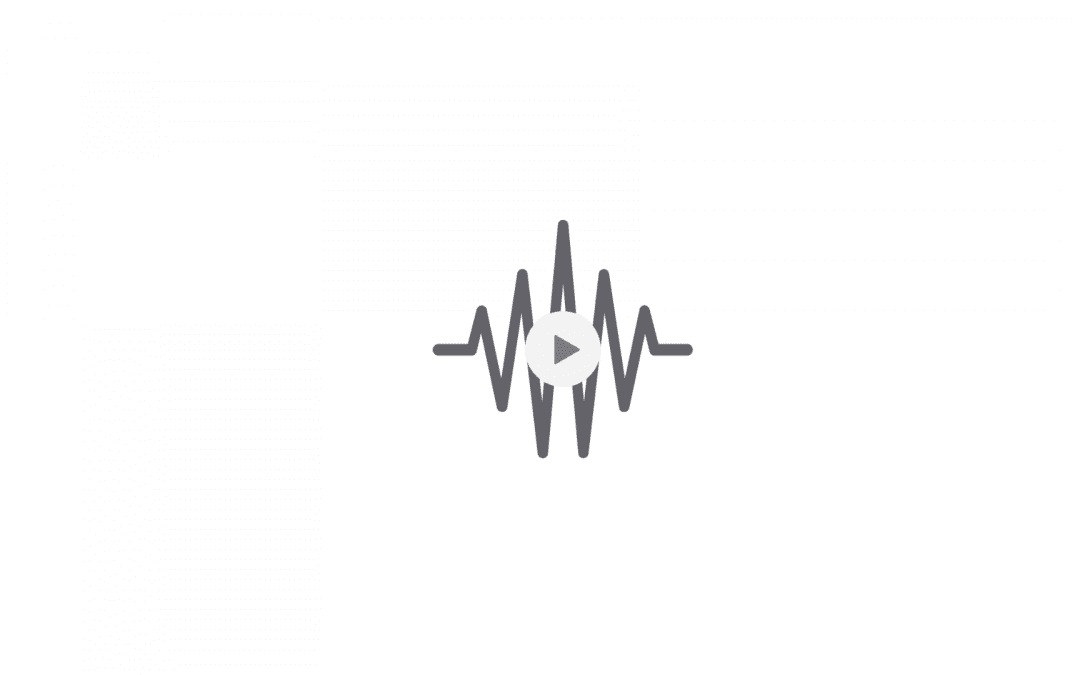We need to engage more senses when writing and reading. I haven’t posted for a few days because I’ve been busy listening to the audio files for The Suggested Assassin, book 3 in the Sir Anthony Standen Adventures. It doesn’t seem to matter how many times I read my manuscript, even after professional editing and reviewing by Claire, when I listen to the audio files, I find new errors. Engaging a different sense, listening rather than reading, activates different pathways in the brain. Of course some of the errors I find are my producers, but it’s around 50:50, I’d say, if not weighted more against me. So it’s a very useful additional checking stage. I’ve now made the corrections to The Suggested Assassin ebook and paperback on KDP and Ingram Spark. Called to Account is ready for publication on 8th November.
When I’ve written my fifth book, I think I’ll wait until I’ve got the audio files before publishing in any format. That way I can be as sure as it’s possible to be, that all errors are eliminated by use of two senses, sight and hearing.
My French master at school, Keith Jenkins, used to make lessons very entertaining. He was a big fan of a recording by Harry Nilsson called The Point. It’s kind of an audio short story. There’s a line in it which he often used to quote, “Well that’s it. You see – what you want to see and you hear – what you want to hear.” Of course it’s not quite that simple, but “you see what you want to see around 10% of the time, and you hear what you want to hear on a similar percentage of occasions, but not necessarily the same ones” doesn’t scan as well. I’m guessing at the percentages by the way. I haven’t applied a statistical analysis to this yet.
Well, that’s my writing tip of the day, engage an additional sense. Get someone to read your manuscript to you as you write. I hope this post on senses makes sense 😉

